Introduction
Artificial Intelligence (AI) models can mimic human intelligence and make decisions based on data. These are at the core of intelligent systems, from assistive technologies to personalization. Common examples of AI models include Linear Regression, Deep Neural Networks, and Random Forests.
Other parts of AI include machine learning (ML) and deep learning (DL). ML is about AI systems that learn independently using algorithms. Meanwhile, DL is about building deep neural networks with several layers.
These may sound complex but don't worry. This guide is here to break down the complexities of how AI models work and their impact on your everyday lives. Plus, you'll discover an AI-powered tool that creates backgrounds for images, perfect for design projects.
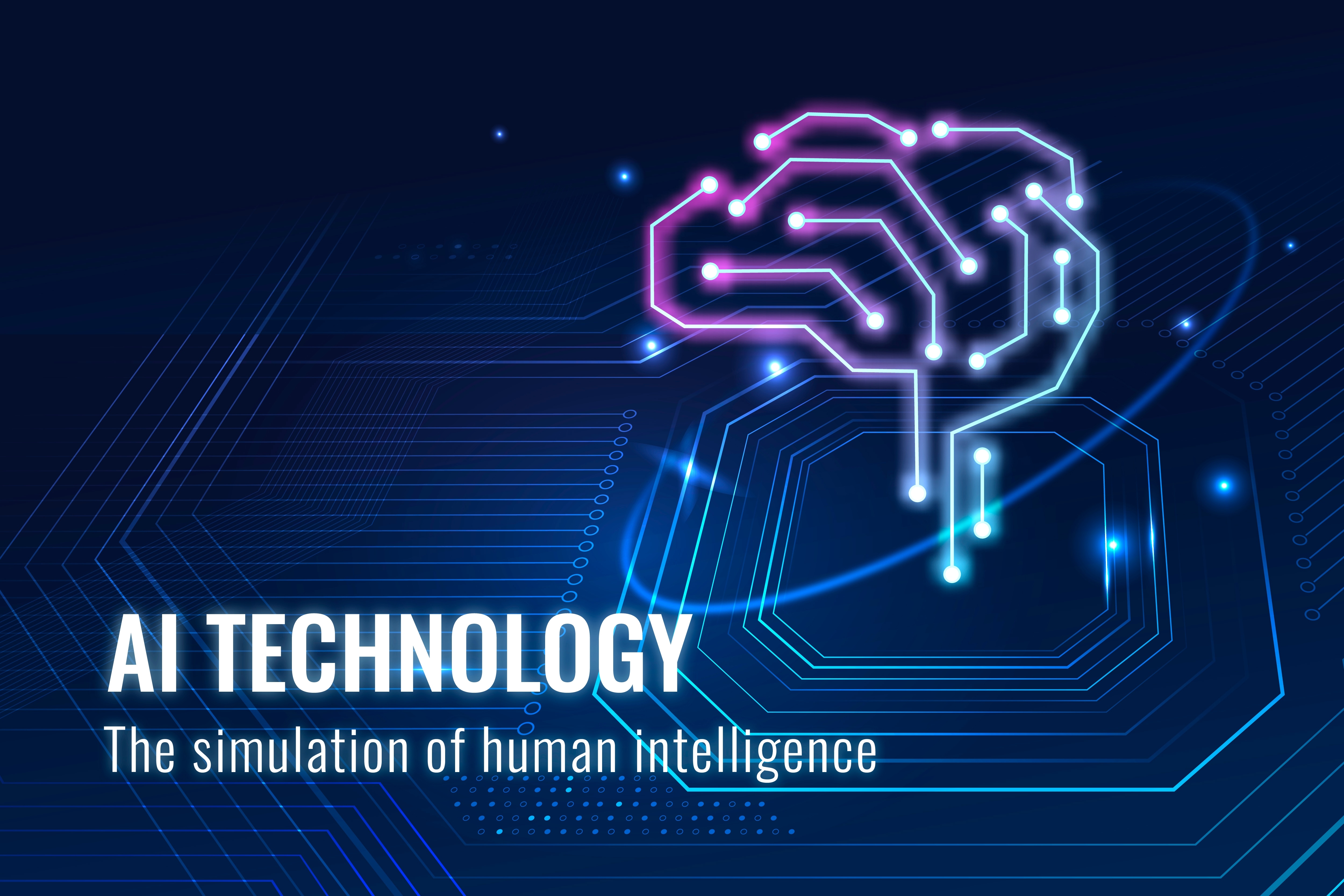
In this article
Part 1: What Are AI Models?
Assisting users, predicting patterns, following commands, and more - these were tasks that people used to think only humans could do. But now, machines powered by AI models can do them too. They can predict how people will behave, figure out what's in a picture, and do more things. They're changing the way things work in different industries worldwide. But how an AI model can do all that?
Modeling in AI trains algorithms that extract insights from data and create decisions. The training performance of the model directly affects its effectiveness in real-world applications for end-users. The AI models support advanced techniques like augmented analytics and real-time analytics. Picture it as constructing virtual brains that learn from examples and make wise choices.
How AI Models Differ From ML Models and DL Models
AI encompasses a broader spectrum. But what are AI models, and how do they differ from machine learning (ML) and deep learning (DL) models? Now, let's explore these three models in detail.
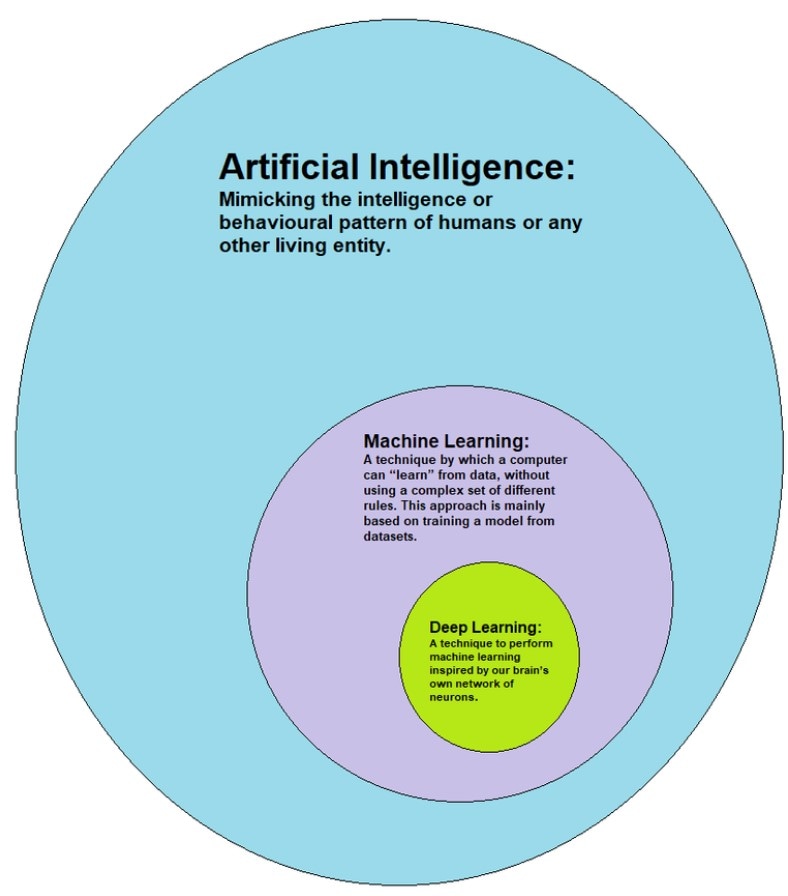
Artificial Intelligence (AI) Models
AI models are programs that use algorithms to mimic human intelligence. Several data points enhance the effectiveness of AI models in mimicking human-like cognition. They imitate cognitive functions like perception, reasoning, learning, and decision-making with available information.
Here are some of the most popular AI models:
- Linear Regression. Linear regression models forecast dependent variable values based on independent variables. They reveal patterns and trends in the data by establishing relationships between the variables.
- Deep Neural Networks. Deep neural networks use artificial neurons to process data and provide a single result. They are great at understanding complex patterns and relationships.
- Logistic Regression. Logistic regression categorizes data into specific groups by assigning probabilities to different classes.
- Decision Trees. Decision trees are powerful models for classifying items about their attributes. They use a hierarchy of yes/no questions to make predictions or classifications.
- Random Forest. Random forest is a powerful AI model for big datasets. It combines many decision trees for more accurate predictions.
Machine Learning (ML) Models
Machine learning models use math to find patterns and predict with new data. With experience, these models improve and become more efficient.
Deep Learning (DL) Models
Deep learning falls under the umbrella of machine learning, which is part of artificial intelligence. Deep learning models use artificial neural networks or labeled data with several layers for training. Data scientists train these models by following step-by-step procedures and utilizing specific algorithms.
Part 2: What Is AI Model Training Data?
Now you have the answer to what AI model is. It's time to unwrap the core element that shapes its preparation: the training data.
Defining Training Data for AI Models
Training data refers to information used to teach AI models or machine learning algorithms to create decisions. It relies on human intelligence to create and annotate reliable training data. To learn the patterns, these data types can take various forms, including text and images.
Techniques for Training Data
There are three primary techniques employed for training data:
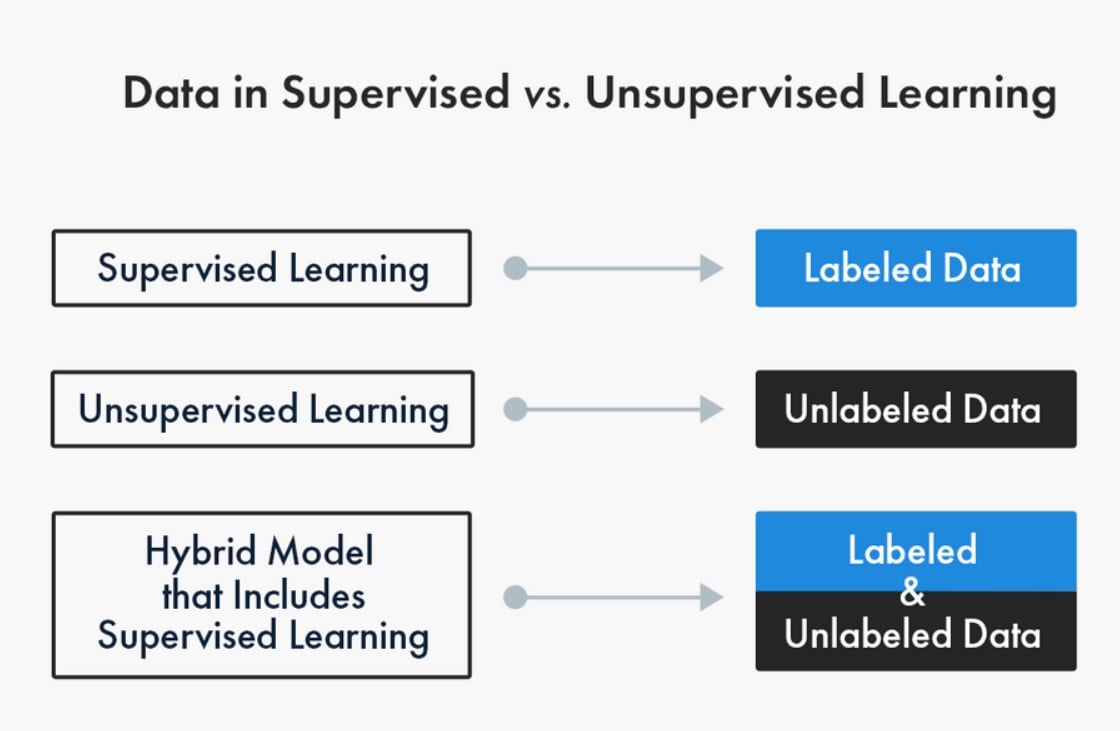
Supervised Learning
Humans train the algorithm by providing labeled inputs and outputs. It is used for predictive analyses and requires expertise in labeling. Supervised learning aims to forecast outcomes for new data.
Unsupervised Learning
Software trains the models without human guidance. Validation is needed due to potential inaccuracies. Unsupervised learning enables tasks such as association, clustering, and dimensionality reduction.
Semi-Supervised Learning
It is valuable when extracting a crucial attribute from a large volume of data is challenging. This technique balances the efficiency of labeled data and the vast potential of unlabeled data.
In the next part, you will learn the significance of AI models.
Part 3: Why is the AI Model Important?
Having covered the basics of AI models, you should now understand why they are crucial. One example is the Convolutional Neural Network (CNN), which excels at processing pixel data. It enables tasks such as face recognition and natural language processing. This section will delve deeper into these aspects. Read on to unveil the significance of AI models in shaping the digital landscape.
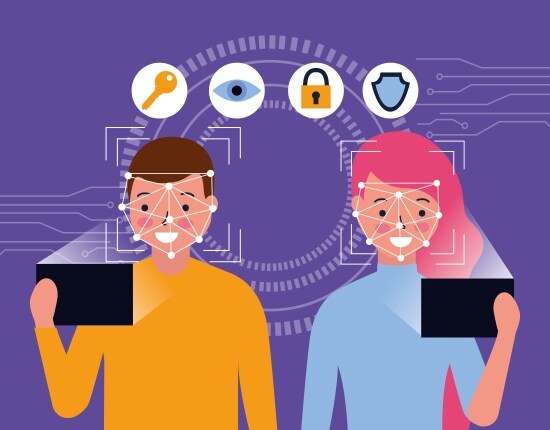
AI Models for Decision-Making and Prediction
AI models help businesses make smarter decisions and predictions by analyzing data. Let's take retail businesses as an illustration. Many of them leverage AI models for different reasons. It assists in accurately forecasting customer demand and effectively managing inventory. AI models can make data-driven choices to keep company operations running smoothly.
AI Models for Personalization and User Experience
AI models excel at personalization by understanding individual preferences and behaviors. They recommend products, content, and services tailored to your interests. All these, in turn, enhance user satisfaction and engagement. Think of those personalized movie recommendations that keep you entertained for hours. They, for sure, improve your overall viewing experience.
AI Models for Assistive Technologies
AI models power assistive technologies that support individuals with disabilities. These technologies can include speech recognition software, object detection, and mobility help devices. They enhance accessibility and independence, empowering users in their daily lives.
AI Models for Enhanced Creativity and Innovation
AI models are catalysts for creativity and innovation in various fields. For example, they can generate images with different styles based on text prompts. Well, inspiring artists and designers. Also, AI models can assist in creating music, writing content, and developing new product designs.
Part 4: AI Scene Generator for Marketing and E-commerce
Booth.ai is here to improve your marketing efforts for social media and e-commerce catalogs. You can create visuals that align with your brand with a few sample product images. This AI scene generator enables you to create product photography without ever leaving your room. It's time to elevate your visuals and showcase your products in a new light.
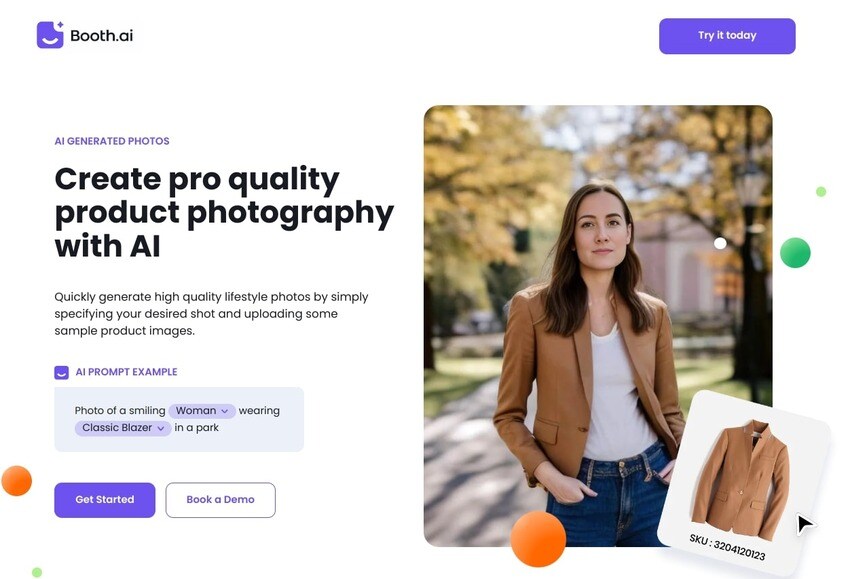
Try Booth.ai Today
You can experience AI Scene Generator Booth.ai for free with limited credits for each feature. You can subscribe to the tiered plans to unlock more credits and extra benefits.
- You can subscribe to Tier 1 for $24.99 monthly for 100 credits.
- The popular Tier 2 provides 850 credits and more benefits for $199 each month.
- Tier 3, priced at $499 monthly with 2,500 credits.
- Enterprises can also schedule a consultation with Booth.ai to discuss custom solutions.

How To Use Booth.ai Scene Generator?
Level up your creative process with AI Scene Generator Booth.ai. Ready to captivate your audience and boost your brand? Discover how to create stunning customized images that make a lasting impact.
Step 1: Visit the official website of Booth.ai and click on Try it Today to sign up for an account.
Step 2: Once you're in, navigate to your dashboard and select a Workflow that suits your needs. Then, click Try It Now to explore your selected workflow.
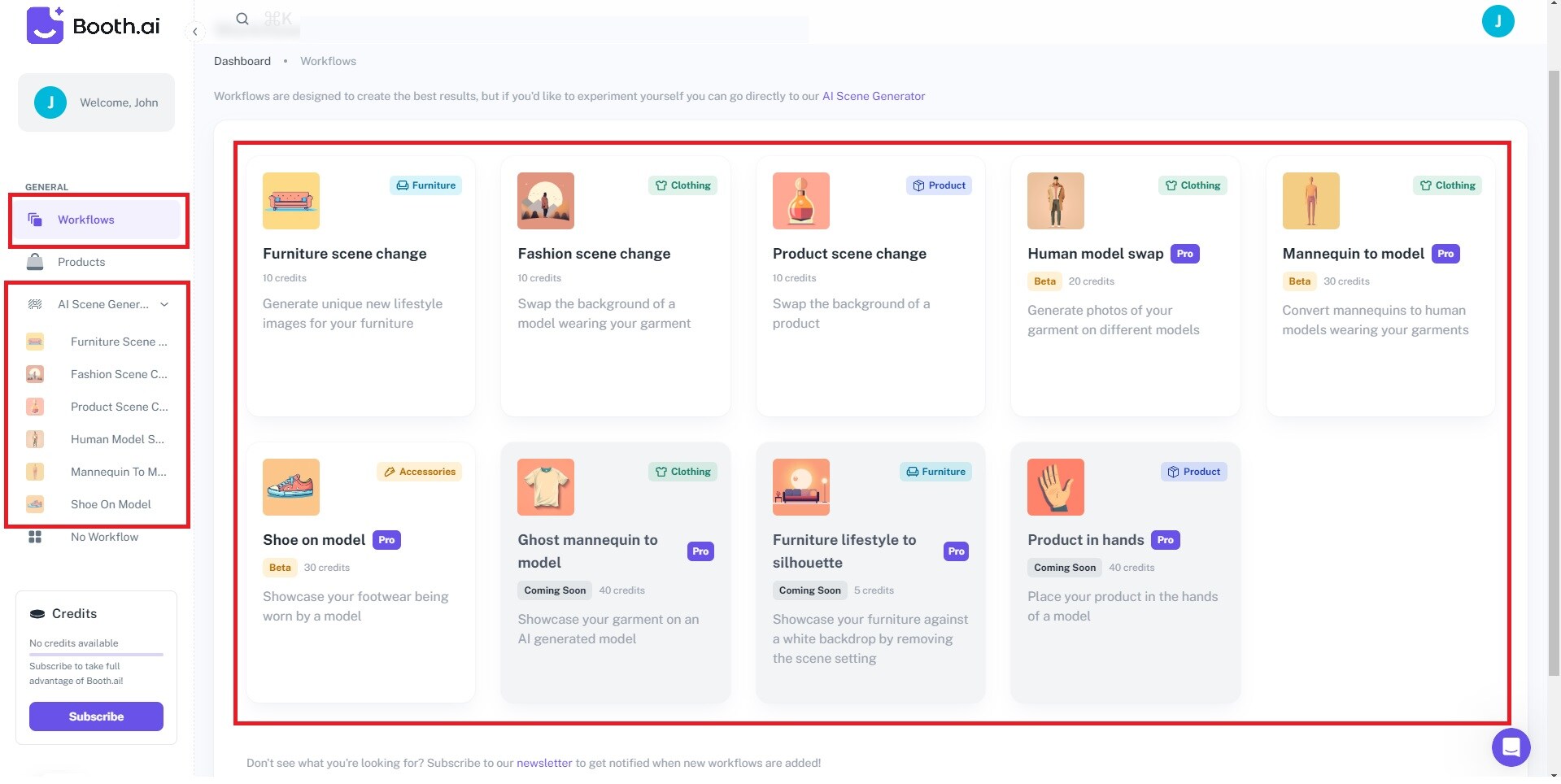
Step 3: Booth.ai AI Scene Generator provides a default product list that matches each workflow. You can explore these options or upload product reference photos for a customized visual experience.

Step 4: Enter a prompt, customize settings, and wait for the AI-generated image to appear.
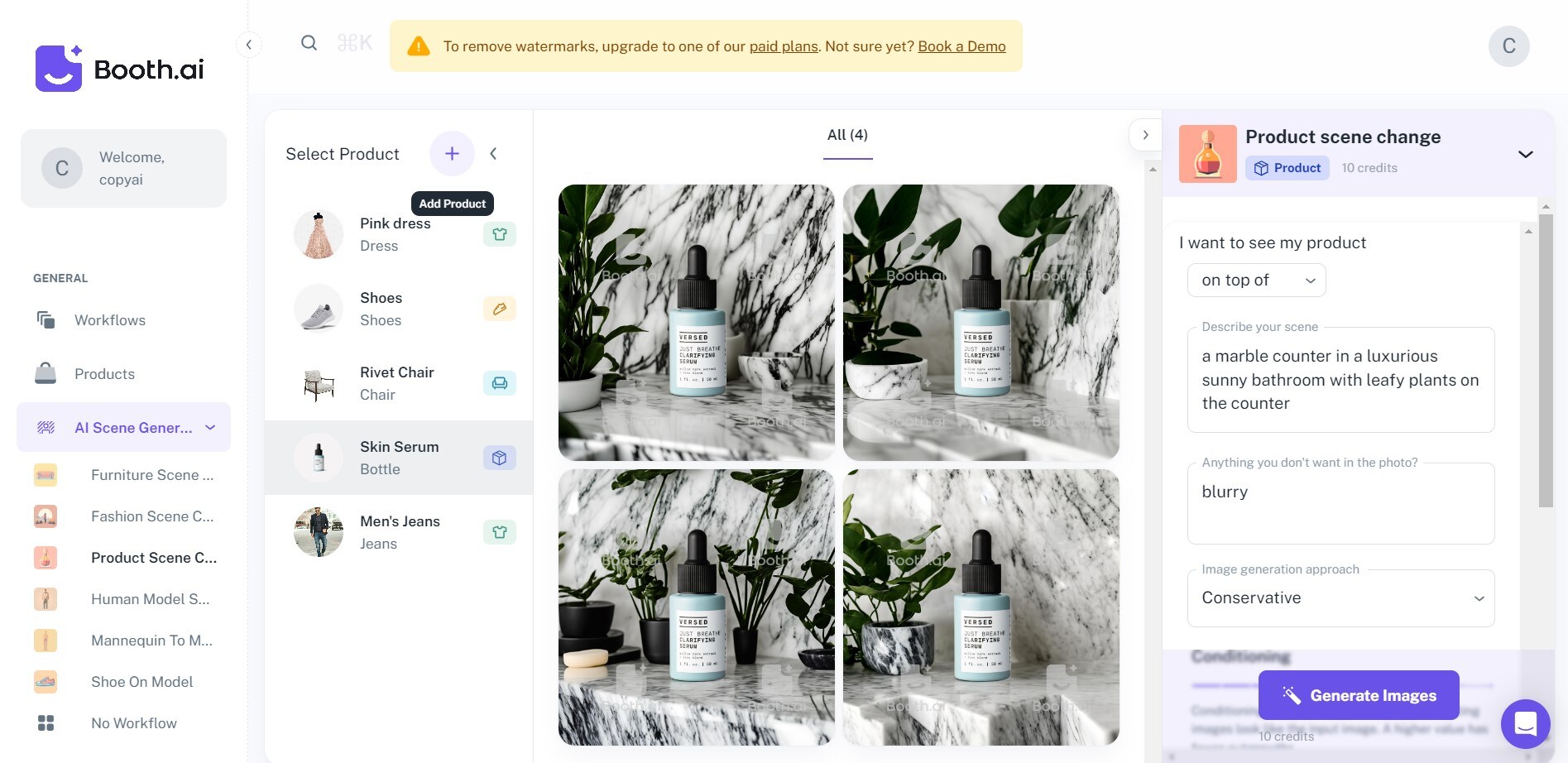
Conclusion
By now, you should have a good grasp of what are ai models. This article provided insights into AI models, the training data techniques, and their significance. AI has become an influential tool that shapes different industries. It assists businesses with personalization, improves user experiences, and drives innovation.
When creating your social media campaigns or other projects, remember the potential of AI. Start with Booth.ai, the AI scene generator that boosts your online presence. Don't miss out on the trend! Try Booth.ai and witness its impact on your brand.
